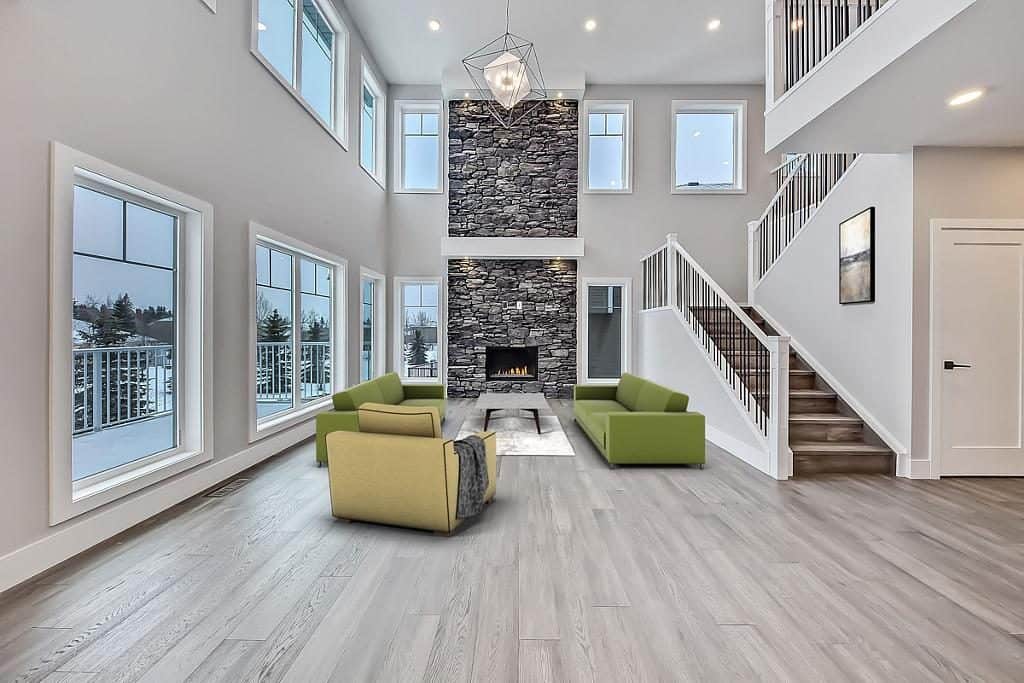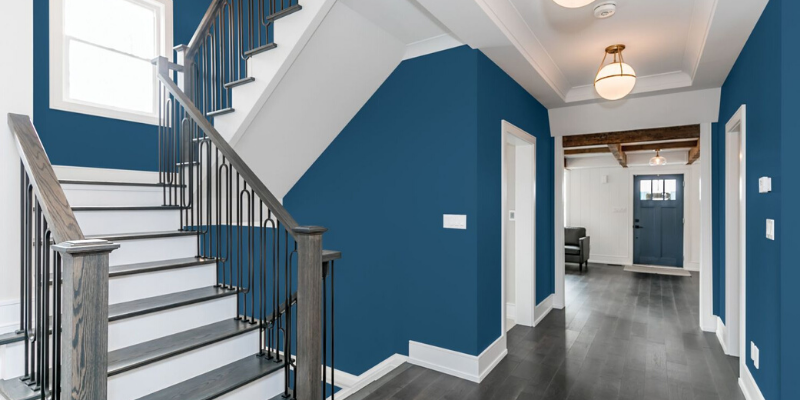Color Consultation in Lakewood: Expert Advice for Perfectly Coordinated Interiors
Color Consultation in Lakewood: Expert Advice for Perfectly Coordinated Interiors
Blog Article
Enhance Your Inside Style With Comprehensive Shade Examination
The integration of color assessment into interior decoration presents a distinct possibility to refine and elevate the psychological and visual resonance of a space. By engaging with a skilled color professional, you can navigate the intricacies of shade choice, making sure that your options not only enhance building features yet additionally reverberate with personal design and mental effect. This tactical partnership can considerably affect the total ambience of your atmosphere, cultivating a feeling of consistency and objective. Understanding the nuances of this process is essential-- what crucial facets should be taken into consideration to attain ideal outcomes?
Advantages of Shade Examination

Moreover, shade assessment help in optimizing all-natural light and enhancing spatial assumption. Lighter tones can make an area appear even more large, while darker shades produce an intimate setting. Cleveland Metro Painting Specialists. This critical application of color can dramatically affect the total ambiance of any type of interior area
Furthermore, specialist experts have a detailed understanding of current fads and ageless standards, ensuring that the chosen colors will certainly stay attractive with time. This foresight can conserve customers from pricey redesigns in the future. Finally, shade examination encourages customers by giving them with a clear vision and direction, cultivating self-confidence in their layout options and eventually causing a more satisfying and successful interior style outcome.
Recognizing Color Psychology
The value of shade psychology in interior decoration can not be overemphasized, as it looks into the mental and emotional effects that numerous shades can stimulate in individuals. Colors can influence state of mind, actions, and even productivity, making them a vital factor to consider in any design task.
As an example, warm colors such as red, orange, and yellow are frequently related to energy and warmth. They can promote feelings of exhilaration and convenience, making them appropriate for social spaces like living cooking areas or spaces. On the other hand, great colors like blue, green, and purple tend to evoke calmness and tranquility, making them optimal for bedrooms or meditation areas.
In addition, the usage of neutral tones can produce a well balanced environment by permitting the bolder shades to attract attention without frustrating the senses. Understanding these psychological influences enables designers to develop spaces that not just look visually pleasing yet also promote psychological health.
Integrating shade psychology right into indoor layout includes a thoughtful choice of colors customized to the desired function of each room, eventually enhancing the total experience for its owners. This awareness is important for attaining a functional and harmonious indoor environment.
The Color Wheel Explained
It consists of main shades-- red, blue, and yellow-- that can not be developed by mixing other colors. Tertiary colors result from blending a key and an additional color, leading to shades such as explanation blue and red-orange.
The color wheel aids developers grasp the partnerships between colors, including corresponding, comparable, and triadic systems. Corresponding shades, located opposite each various other on the wheel, develop vibrant contrasts that can stimulate a space. Analogous colors, situated beside one an additional, offer a unified and natural look. Triadic plans utilize three equally spaced shades, offering balance and visual rate of interest.
Making use of the color wheel in indoor design not just improves visual appeal yet also stimulates specific emotions and atmospheres, making it a vital recommendation for shade appointment. Comprehending these connections eventually empowers developers to create spaces that are both practical and visually exciting.
Choosing the Right Scheme
Typically, selecting the ideal combination is a crucial variable in achieving a successful interior decoration task. An appropriate color design can unify a space, enhance its functions, and stimulate preferred feelings. To begin, think about the function of the area. Various rooms serve different features and call for combinations that mirror their designated usage; as an example, relaxing colors such as soft blues or eco-friendlies work well in bed rooms, advertising relaxation.
Next, take into consideration the natural light available. Light can significantly change just how shades show up, so it is crucial to evaluate the space at different times of the day. In addition, think about existing building components and home furnishings. A harmonious palette needs to enhance these features, developing a cohesive look throughout the space.
When selecting shades, make use of the 60-30-10 regulation, which suggests that 60% of the room ought to be a dominant shade, 30% a second color, and 10% an accent shade. This proportion makes certain equilibrium and visual rate of interest (Cleveland Metro Painting Specialists). Lastly, example shades on the walls prior to dedicating, as this permits you to see exactly how the shades engage with one an additional and the overall ambiance they create in your interior design project.
Working With a Shade Specialist

When dealing with a color professional, the procedure generally starts with an initial consultation. During this meeting, you'll review your vision, preferences, and the existing elements in your space. The expert will analyze your requirements and may recommend details color combinations that straighten with your goals.
After developing an instructions, the professional will supply samples and visual site link aids to aid you visualize the suggested color design. This step is important, as colors can show up in a different way under varying lighting conditions.
Furthermore, a shade specialist can lead you in picking complementary furnishings, art work, and accessories to balance with your selected scheme. By teaming up closely, you can accomplish a refined aesthetic that raises your interiors and creates an inviting ambience. Ultimately, the expertise of a color consultant can considerably improve the general effect of your layout job.
Final Thought
In recap, detailed shade assessment works as an essential tool for enhancing interior decoration. By leveraging professional expertise of color psychology and spatial dynamics, a customized shade scheme can be created to stimulate particular feelings and create a harmonious atmosphere. This calculated approach not only promotes a natural style narrative but additionally mitigates the danger of expensive redesigns. Inevitably, involving with a shade consultant ensures an educated and cosmetically pleasing end result, boosting the total experience of the space.
By involving with an experienced color specialist, you can navigate the complexities of color selection, making certain that your choices not just complement building attributes yet likewise resonate with personal design and psychological influence. It makes up main colors-- red, blue, and yellow-- that can not be developed by mixing other colors.The shade wheel helps developers realize the relationships in between colors, including complementary, analogous, and triadic plans.When picking shades, utilize the 60-30-10 rule, which recommends that 60% of the area need to be a leading color, 30% a second shade, and 10% an accent color. By leveraging expert expertise of color psychology and spatial characteristics, a tailored color scheme can be created to evoke particular feelings and develop a harmonious setting.
Report this page